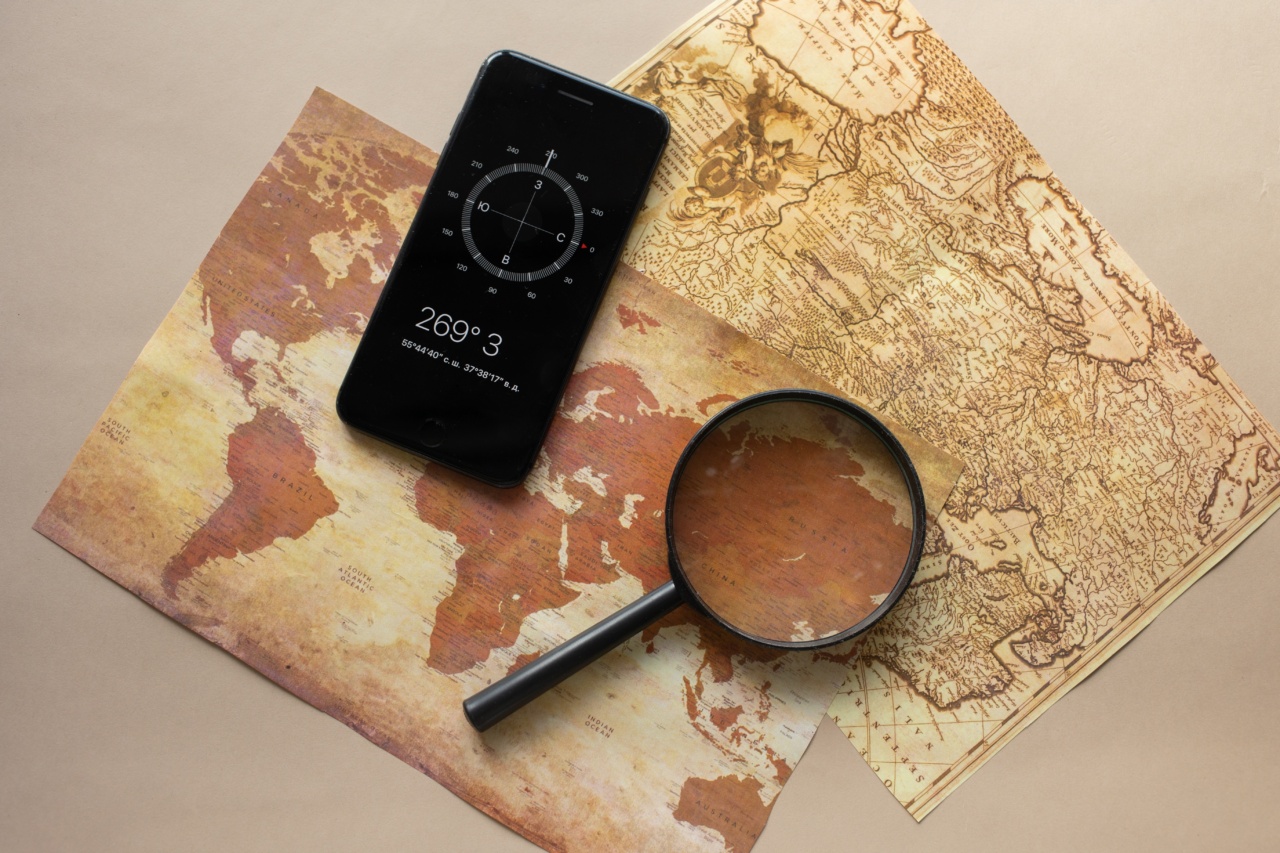World Contraception Day is an annual event that takes place on September 26th. It aims to raise awareness about the importance of contraception and promote reproductive health worldwide.
The day also encourages open conversation and education about various methods of contraception, empowering individuals to make informed decisions regarding their sexual and reproductive health.
With so many different contraceptive options available, finding the perfect method that suits your needs and lifestyle can be overwhelming. However, it’s crucial to understand that contraception is not a one-size-fits-all solution.
Each individual may have unique preferences, medical considerations, and personal circumstances that influence their choice of contraception.
The Pill: A Classic Contraceptive
One of the most well-known and widely used contraceptive methods is the oral contraceptive pill. This small, easy-to-take pill contains hormones that prevent ovulation, making it highly effective in preventing pregnancy.
The pill offers a high level of convenience and can also provide additional benefits, such as regulating menstrual cycles and reducing the risk of certain cancers.
However, it’s important to note that the pill does require strict adherence to a daily schedule for optimal effectiveness. Some individuals may also experience side effects, such as mood changes, weight fluctuations, or nausea.
It’s essential to consult with a healthcare provider to determine if the pill is the right choice for you and discuss any potential risks or concerns.
Versatile and Effective: Intrauterine Devices (IUDs)
Intrauterine devices (IUDs) have gained popularity as a highly effective long-term contraceptive method.
These small devices are inserted into the uterus and can provide protection against pregnancy for several years, depending on the type of IUD chosen. There are two main types of IUDs: hormonal and non-hormonal.
Hormonal IUDs release progestin, a synthetic hormone, which thickens the cervical mucus, making it difficult for sperm to reach the egg. This type of IUD also thins the lining of the uterus, reducing the chances of implantation.
Non-hormonal IUDs, on the other hand, are coated with copper, which creates an inhospitable environment for sperm, preventing fertilization.
IUDs are an excellent choice for individuals who prefer a long-term contraceptive without the need for daily maintenance. They are highly effective, reversible, and suitable for most individuals, including those who cannot use hormonal methods.
However, getting an IUD inserted may involve a visit to a healthcare provider, and initial discomfort or cramping might be experienced.
Barrier Methods: Protection and Control
Barrier methods are contraceptives that physically prevent sperm from reaching the egg. These methods give individuals more control over their reproductive health and can also provide protection against sexually transmitted infections (STIs).
Two popular barrier methods are condoms and diaphragms.
Condoms are widely accessible and come in various types, including male condoms and female condoms. They create a barrier that prevents sperm from entering the vagina, reducing the risk of both pregnancy and STIs.
Condoms are an excellent choice for individuals who want a non-hormonal and easily accessible contraceptive method.
A diaphragm, on the other hand, is a shallow, dome-shaped device inserted into the vagina to cover the cervix. It acts as a physical barrier and is often used in conjunction with spermicide.
Diaphragms must be fitted by a healthcare provider and require proper insertion and removal techniques to ensure effectiveness.
Taking Control: Hormonal Methods Beyond the Pill
While the oral contraceptive pill is a well-known hormonal method, there are other options available that provide similar benefits while offering different administration methods.
These alternatives include contraceptive patches, vaginal rings, and hormonal injections.
The contraceptive patch is a thin, adhesive patch that releases hormones through the skin into the bloodstream.
It is typically applied to a clean, dry area (such as the abdomen, buttocks, or upper arm) once a week for three weeks, followed by a patch-free week. This method provides convenience similar to the pill but eliminates the need for daily intake.
A vaginal ring is a flexible ring that is inserted into the vagina once a month. It continuously releases hormones and offers similar benefits to the pill and patch. The ring remains in place for three weeks, followed by a week without the ring.
Hormonal injections, commonly known as Depo-Provera, are administered by a healthcare professional.
These injections provide protection against pregnancy for up to twelve weeks, making them a convenient option for individuals who prefer a long-lasting hormonal method without the need for frequent administration.
Understanding Natural Family Planning
Natural family planning, also known as fertility awareness-based methods, involves tracking and understanding the body’s natural fertility signs to determine the fertile and non-fertile periods of the menstrual cycle.
This method requires consistent monitoring and understanding of changes in basal body temperature, cervical mucus consistency, and other indicators of fertility.
While natural family planning can be effective when practiced diligently, it requires a high level of commitment, self-discipline, and communication with a partner.
It may not be suitable for individuals with irregular cycles or those who are unable to consistently track their fertility signs.
Emergency Contraception: A Backup Plan
Emergency contraception, often referred to as the “morning-after pill,” is a method used to prevent pregnancy after unprotected intercourse or contraceptive failure.
It is essential to understand that emergency contraception is not intended as a regular contraceptive method but as a backup option.
There are two main types of emergency contraception available: the emergency contraceptive pill (often referred to as the “morning-after pill”) and the copper IUD.
The emergency contraceptive pill is most effective when taken within 72 hours after unprotected intercourse, while the copper IUD can be inserted up to five days after intercourse and provides ongoing contraceptive protection.
Talking to a Healthcare Provider
While the information provided here offers an overview of various contraceptive methods, it is crucial to consult with a healthcare provider to make an informed decision.
A healthcare provider can assess individual needs, provide personalized recommendations, and address any concerns or questions regarding contraception.
Remember, choosing the right contraceptive method is about finding what works best for you, taking into account your personal preferences, lifestyle, and medical considerations.
By celebrating World Contraception Day, you take a proactive role in your sexual and reproductive health, ensuring that you can make choices that align with your needs and values.






























